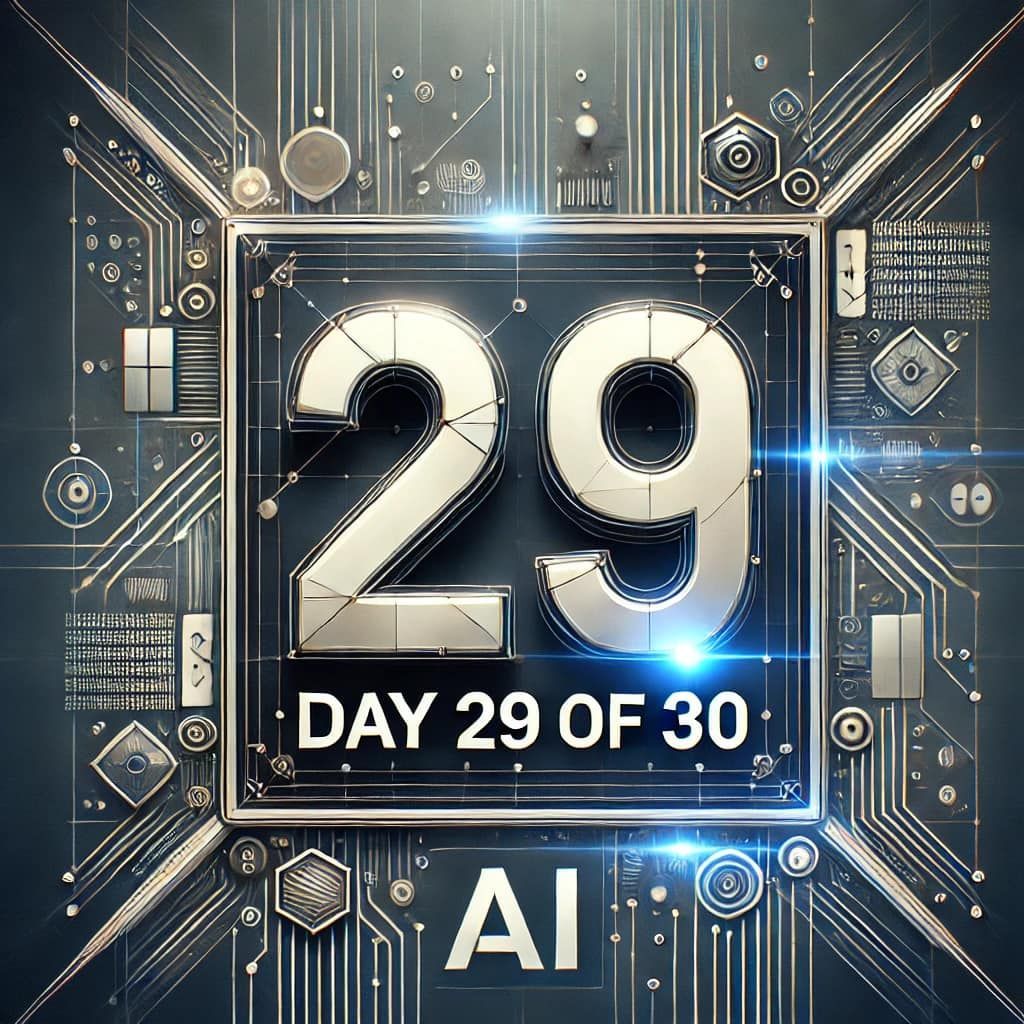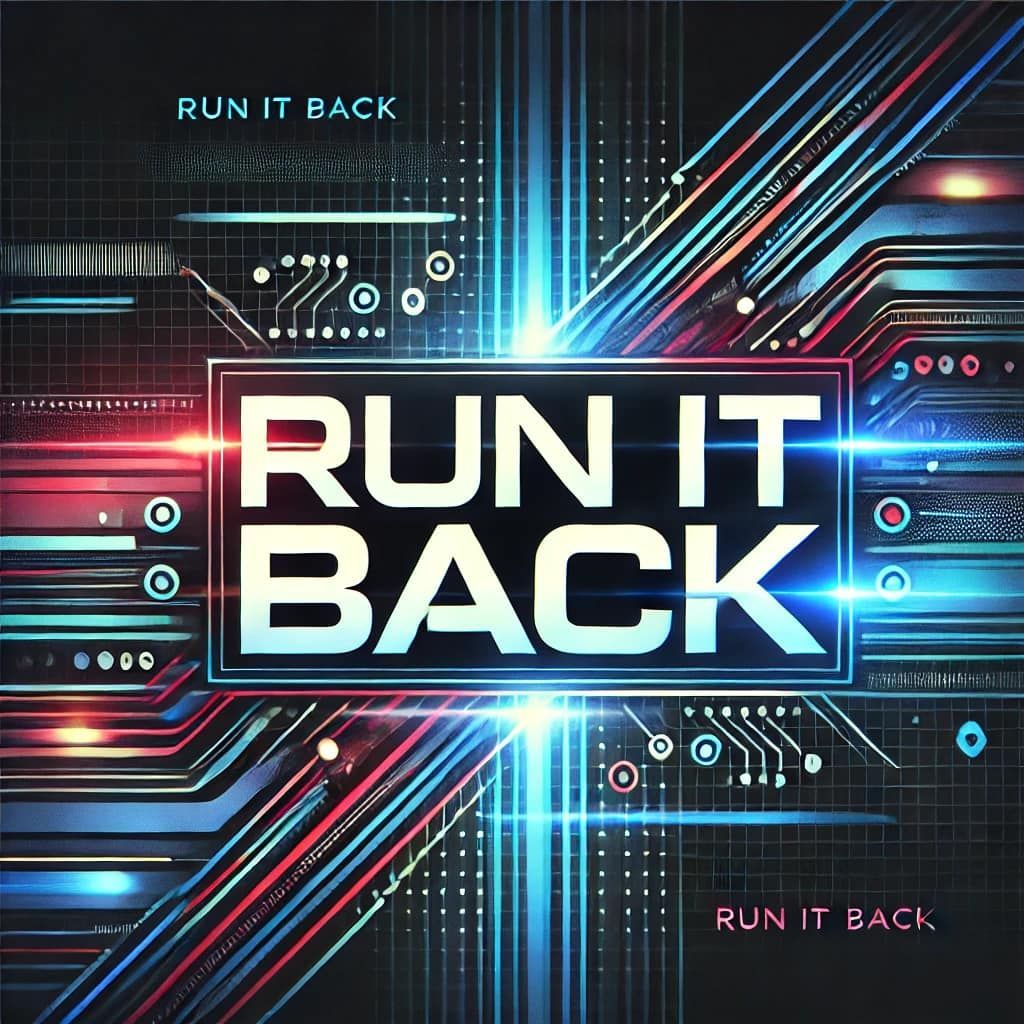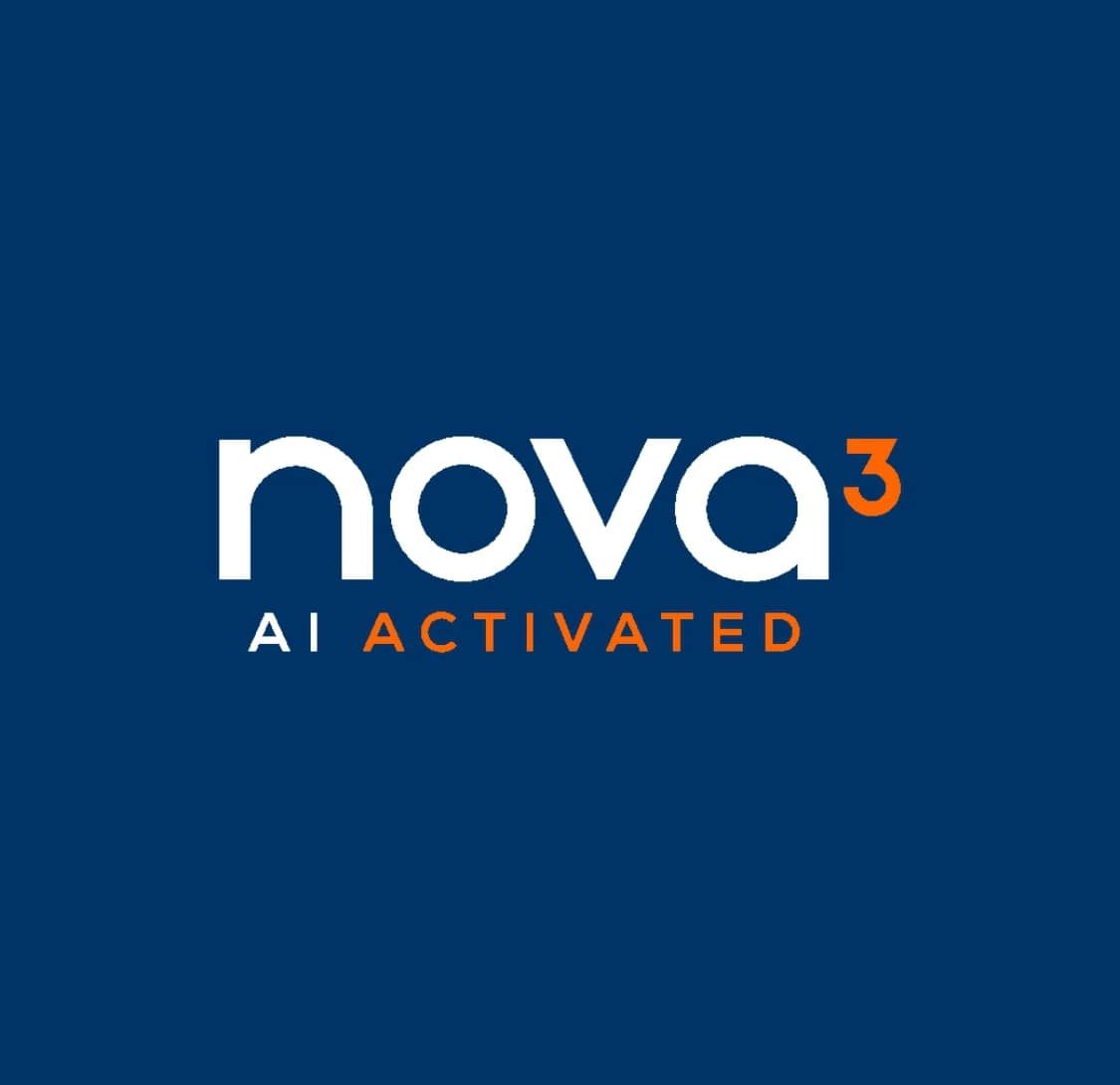30 Days of AI | DAY 2
Have you ever tried to build a house of cards in a windstorm?
That’s what implementing AI without a framework felt like when we started. But, like any good construction project, we learned that a solid foundation and the right scaffolding can turn chaos into creation.
Here’s how it all began.
Welcome to Day 2 of our 30-day journey into Trifecta’s AI evolution. Yesterday, we set the stage. Today, we’re diving into where it all started.
In the late fall of 2023, I enrolled in a prompt engineering course at Vanderbilt University. The course was a bit more advanced than I’d anticipated, but it pushed me to develop a deeper understanding of AI. The key takeaways were clear: intent, context, clarity, and nuance are crucial when working with AI models. Whether it’s OpenAI’s GPT or Anthropic’s Claude, these foundational models need precise inputs to generate meaningful outputs.
I quickly learned that asking an AI to “create a marketing strategy” could yield wildly different results from “develop a targeted social media campaign for a B2B SaaS product launch in Q3.” The specificity made all the difference. This lesson would prove invaluable in our journey ahead.
Before this course, our approach to AI at Trifecta was, well, let’s call it experimental. We were dabbling with prompt engineering but without a real game plan.
Fortunately, we secured a pilot project with a client, and along with our internal projects, these became our proving grounds. But honestly, it felt like we were working without guardrails. Every time we got something right, it required manual tweaking—hardly an efficient or scalable approach.
As I continued with the course, I found myself diving deeper into AI research. During this process, I stumbled upon an article about frameworks and their foundational importance in AI. We’d had a brief introduction to frameworks in the course, but this article really drove home their significance.
It was like a fog lifting. Suddenly, I saw how a well-structured framework could transform our scattered AI experiments into a cohesive, powerful approach. We needed a framework—a structured process to guide us through the AI maze. This realization led to what would become our foundational approach.
I won’t dive into the nitty-gritty just yet, but this shift marked a turning point in how we strategize and deliver AI solutions today.
In the coming days, we’ll break down the technical details and share the specifics of how these foundational frameworks have shaped our approach.
So, if you're interested in the mechanics behind our strategies, stay tuned—there’s plenty more to come.
Then came a pivotal moment in our AI journey. As I was iterating through ideas with ChatGPT, trying to conceptualize our approach, the AI suggested a powerful metaphor: scaffolding.
The model proposed using this concept as a storyline and potentially integrating it into our framework builds. Given my background in construction, this metaphor resonated deeply. I could easily wrap my head around the concept and embrace its potential for our AI work.
The scaffolding concept became instrumental for us. Just like physical scaffolding provides stability during construction, our AI projects needed a similar framework. It wasn’t just about the structure itself but about systematically integrating intent, clarity, nuance, and context into our work.
The beauty of this AI-generated metaphor was its versatility. As we delved deeper into AI, the scaffolding theme kept bubbling up. It wasn’t a one-off idea; it became a recurring theme, guiding us as we developed more sophisticated approaches.
The real test came during a client pilot project. I can still feel the tension on that Zoom call when the client asked, “What’s next? What can we do with this data now?” and we didn’t have a ready answer. At first, we didn’t have a clear response because we lacked a structured playbook. It was a humbling experience, but it pushed us to refine our approach.
That project was a turning point. It forced us to connect the dots and solidify the importance of having a framework and the scaffolding concept in place. We realized that without this structure, even the most advanced AI tools would be underutilized.
Key Lessons Learned:
- Never underestimate the power of a good metaphor in understanding complex concepts.
- Sometimes, the most valuable insights come from unexpected places—like an AI suggesting its own framework!
- A structured approach is crucial when dealing with the complexities of AI implementation.
This is just the beginning of our story.
Over the next few weeks, we’ll dive deeper into how these foundational strategies evolved and how they continue to guide our work today.
Tomorrow, we’ll explore how this scaffolding concept evolved into a full-fledged framework that revolutionized our approach to AI projects.
What’s your “scaffolding” in your work? Let’s see how creative we can get with this metaphor! And make sure to follow along with our 30-day journey—there’s plenty more to come!
Ready to Start Your AI Journey?
© Copyright Nova3. All Rights Reserved




